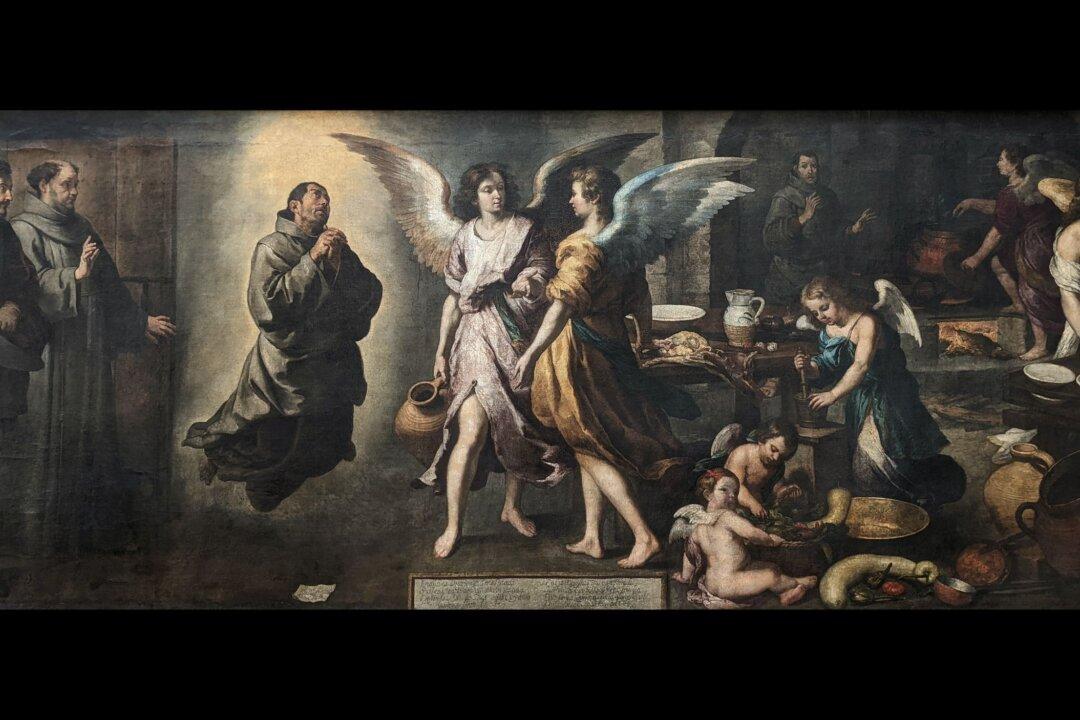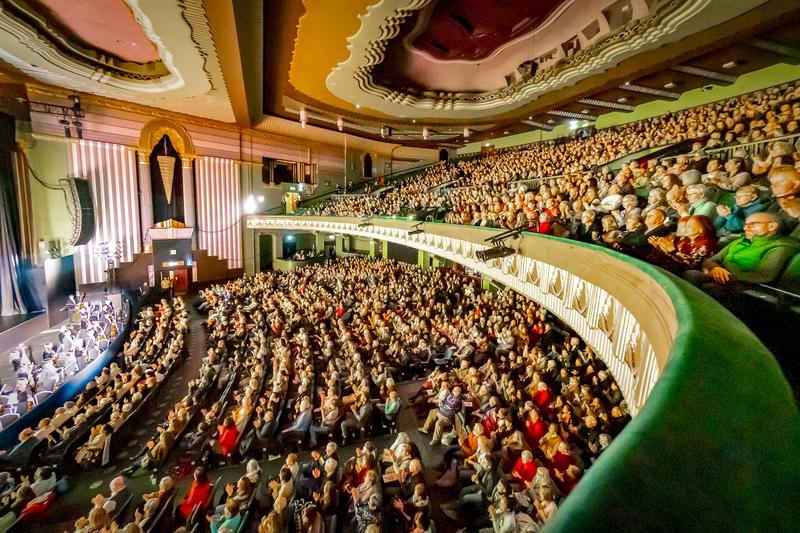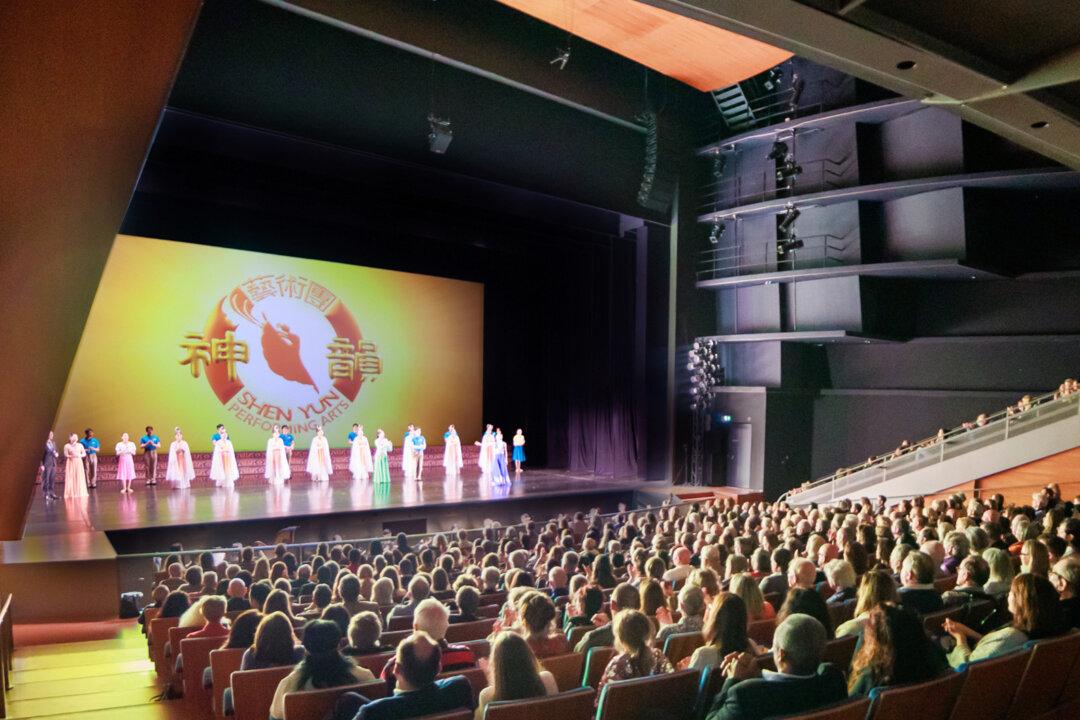The Monastery of St. Francis in Seville, Spain, commissioned renowned artist Bartolomé Esteban Murillo (1617–1682) to paint 13 works of art highlighting Franciscan saints. Among the paintings is “The Angels’ Kitchen,” which tells of a visit by celestial beings to assist one humble lay brother in his chores. Murillo was praised as a storyteller, and this painting tells a wondrous story.
Little is known of St. Giles, one of the first followers of St. Francis of Assisi, who lived hundreds of years before Murillo’s time. “The Angels’ Kitchen,” also known as “The Levitation of St. Giles,” is based on an account that the artist was familiar with. Francisco Pérez, a Franciscan lay brother in the monastery in Seville, spent his life as a kitchen assistant in the monastery. A simple man, the lay brother was given the task of preparing food in the friars’ kitchen. On this day, he began to pray and was soon wrapped in spiritual ecstasy. His whole body rose, or levitated, higher and higher as he prayed. When he awoke, his kitchen chores were miraculously finished.






